- Ergonomic Products
- Ergonomic Furniture
- Yoga
- Meditation
- Pilates
- Air Treatment
- Blog
- Resources
- About Us
- Wholesale
- Ergonomic Products ▼
- Ergonomic Furniture ▼
- Yoga ▼
- Meditation ▼
- Pilates ▼
- Air Treatment ▼
- Blog
- Resources ▼
- About Us
- Wholesale
- Sign in
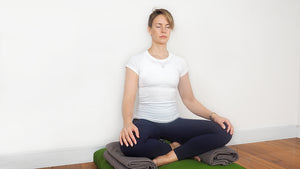
January 31, 2024
I was listening to a program on the radio where a journalist was interviewing Chilean writer Isabel Allende about her experience of carrying the Olympic Flag with 7 other women at the 2006 Winter Olympics in Turin Italy. One of the other women in the group was the famous Italian actress Sophia Loren, and during the interview Isabel Allende said that while she was preparing for the ceremony, she asked Sophia Loren what was her secret in being able to maintain her youthful looks well into (at this stage in her life) her 8th decade. Sophia Loren gave what for me was a surprising answer. She said, “What’s most important is, good posture.”
Good posture; it is essential for a multitude of activities in life including work, sports, leisure and even rest. For meditation, it is the very foundation of one’s practice. However the term “good posture,” particularly in the context of meditation, is very much open to interpretation and can be easily misconstrued. I know when I first began to practice meditation I had images of great yogis sitting in Padmasana (lotus posture) or Siddhasana (perfect posture), and I believed I needed to emulate them in order to get good meditation. Ever seen Edvard Munch’s paintings of “The Scream”? Now those images explicitly convey my meditation experience at that time. That is, after 15 minutes of meditation, acute pain was coursing through my knees, ankles and legs—meditation? Forgeddaboutit!
When meditating, it’s good to eliminate distractions as much as possible and pain, wherever it is; ankles, knees, hips, back or shoulders, can end many valiant attempts to meditate. So what do we mean when using the term “good posture” in meditation? What is key for me is to find that happy medium between comfort and support. You don’t want to be so comfortable that instead of meditating you slide off into zzzzzz land. Nor do want to sit on something that gives great support, but is so hard, you spend most of your meditation time tormented by pain.
To find what worked for me I had to experiment with different props to discover what enabled me to sit in a posture that was both comfortable and supportive for the whole session of my meditation.
Here are some examples that I would like to share with you using various props that give support and comfort for an easeful meditation practice.
A big thank you to Stephanie Williams for being such an excellent ambassador of good posture.
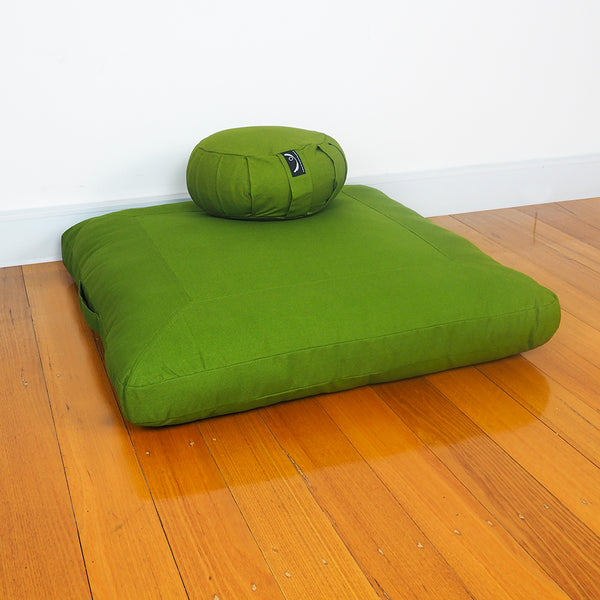
The Zafu and Zabuton is a traditional Japanese seat for meditation the smaller zafu helps tilt your pelvis easing pressure on the lower lumbar. The zabuton cushions the ankles and knees if you are flexible enough to have them touching the zabuton.

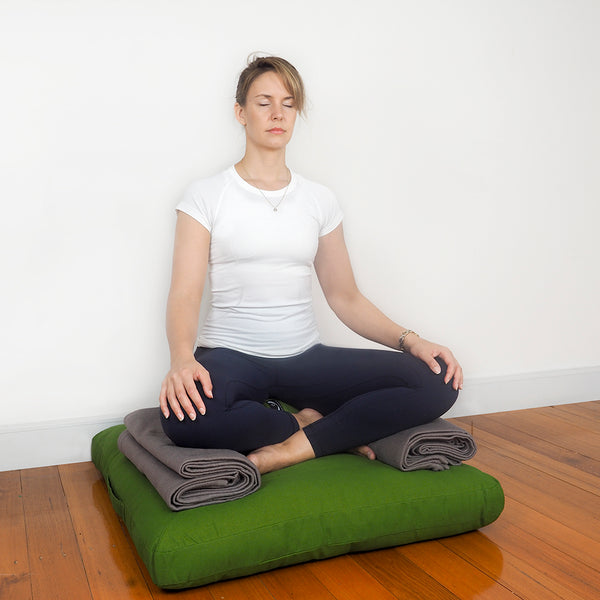
Yoga blocks or blankets under your thigh area helps support the thighs making for an overall more comfortable posture (if your knees do not come down to the zabuton).
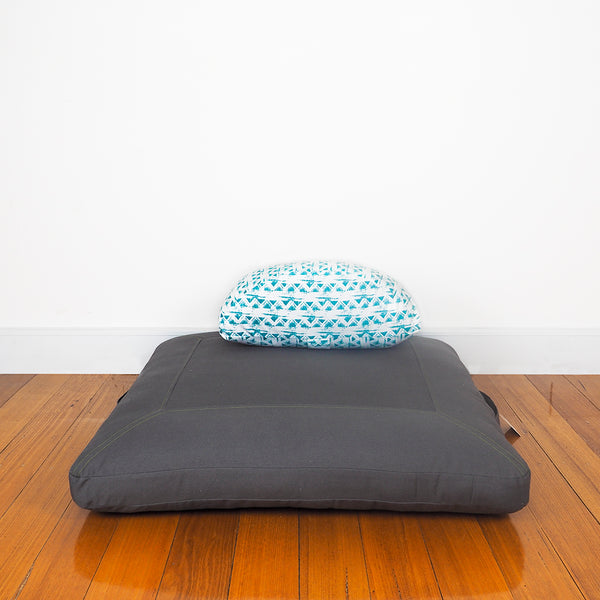
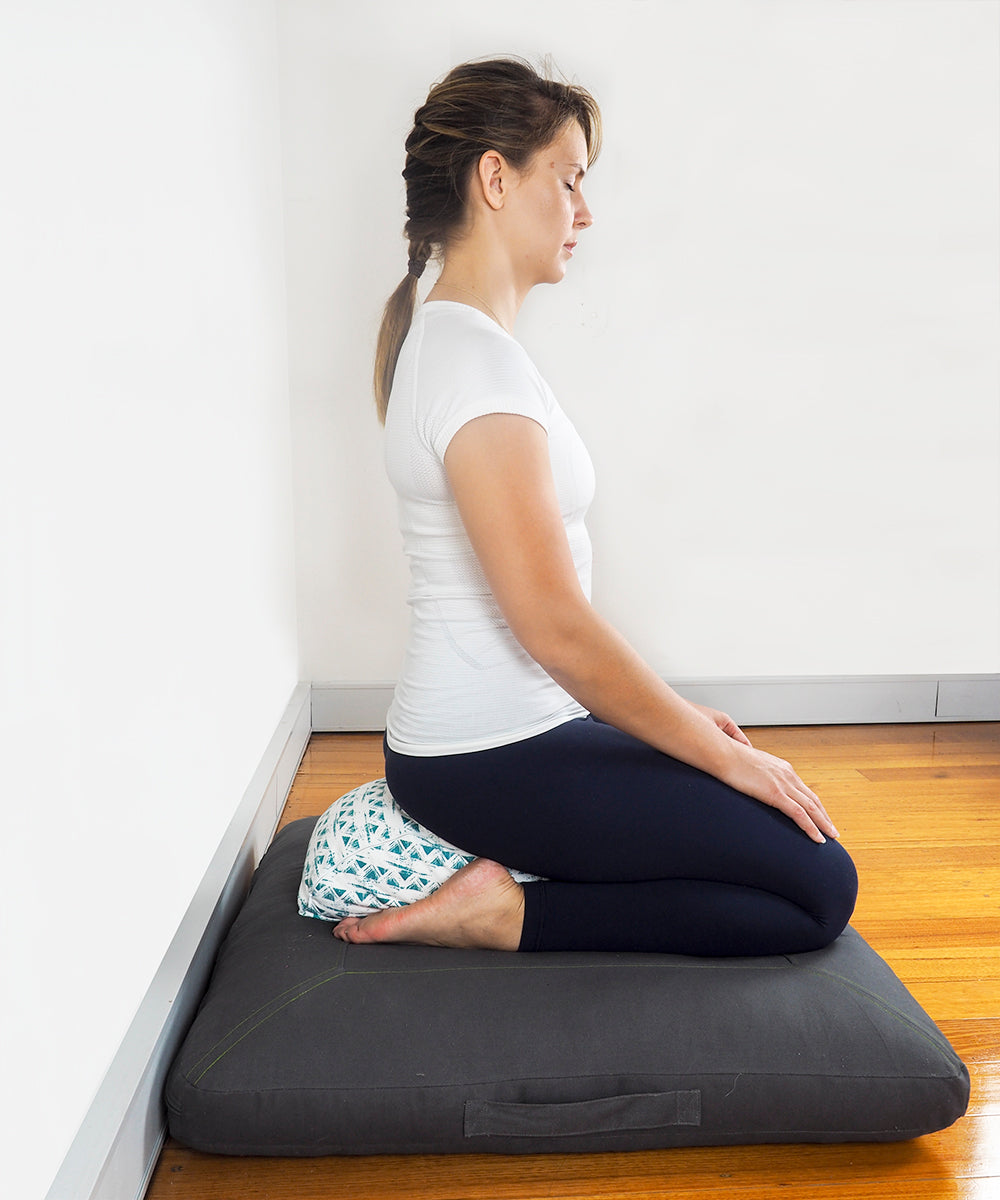
Our new Wave cushion can work well for those who prefer a kneeling posture (Virasana). It helps hold your posture more upright.
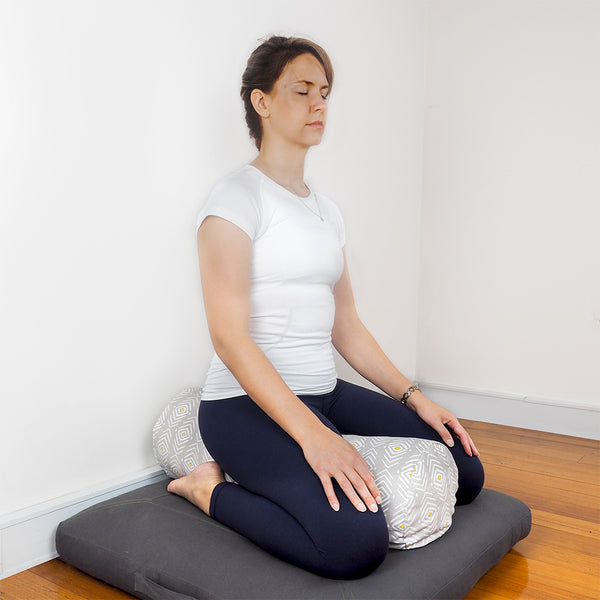
An alternative for Virasana is using a regular yoga bolster.


Using a chair is more easeful for many of us. Remember to be comfortable as well as holding the spine easefully upright.

June 26, 2024

March 10, 2020

November 07, 2019
Become our newsletter VIP and receive exclusive discounts and first-hand promotion notifications!
© 2025 Stretch Now. All Rights Reserved.

